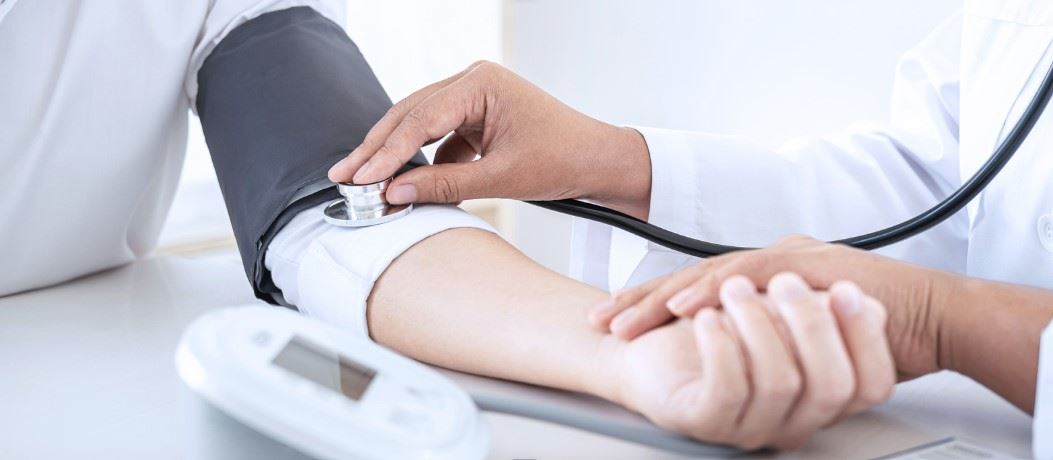 Adults with hypertension saw a small, but consequential, rise in their blood pressure levels during the first eight months of the COVID-19 pandemic, while the number of times they had their blood pressure measured dropped significantly, according to a study supported by the National Institutes of Health. [NIH]
Adults with hypertension saw a small, but consequential, rise in their blood pressure levels during the first eight months of the COVID-19 pandemic, while the number of times they had their blood pressure measured dropped significantly, according to a study supported by the National Institutes of Health. [NIH]
The findings, which appear today in the journal Hypertension, represent one of the most extensive looks at blood pressure trends during the early months of the pandemic. Using data from three large U.S. healthcare systems, the findings add to growing evidence that blood pressure control worsened in people with hypertension during this period.
Still, the problem was not nearly as dire as they expected, possibly due to the rapid adoption of telemedicine and home blood pressure monitoring. The successful use of these alternatives to in-person office visits offers a reason to be optimistic about improving blood pressure control in future disasters and public health emergencies, according to the researchers.
Hypertension, or high blood pressure, affects over 1 billion people worldwide. Researchers have known for some time that poor blood pressure control is a risk factor for cardiovascular disease, including heart attack and stroke, as well as a risk factor for more severe COVID-19 disease. Yet, blood pressure control remains an ongoing challenge: Only about 1 in 4 U.S. adults with hypertension have their condition under control, according to the Centers for Disease Control and Prevention(link is external). The COVID-19 pandemic saw widespread stay-at-home orders and lockdowns, prompting some researchers to explore its impact on these patients.
In the current study – funded by the National Heart, Lung, and Blood Institute (NHLBI), part of NIH – researchers looked at the electronic data records of 137,593 adults with hypertension and compared blood pressure outcomes before the pandemic (August 2018 through January 2020) with those during the peak of the pandemic (April 2020 through January 2021). The data came from three large health systems: Cedars-Sinai in Los Angeles; Columbia University Irving Medical Center in New York City; and Ochsner Health in New Orleans. The average age of the patients was 66 years, and 57% were female and 30% were black.
The researchers discovered first that the number of blood pressure measurements patients had taken declined significantly in the first three months of the pandemic — by as much as 90% compared to before the pandemic. While these measurements gradually ticked up as the months passed, the total number of readings at the end of the study period remained below pre-pandemic levels. The researchers believe this was partly because of cancellations or postponements of face-to-face office visits.
Full article here>
###
